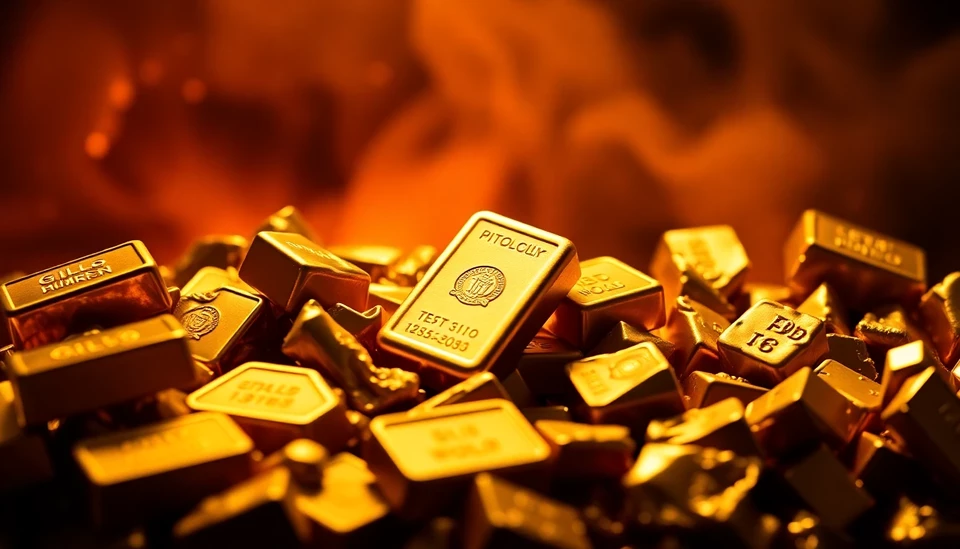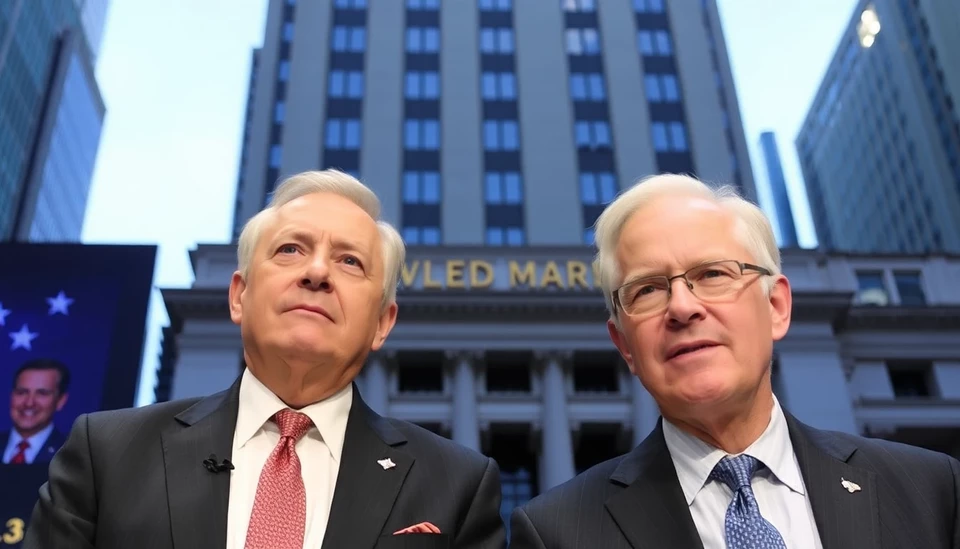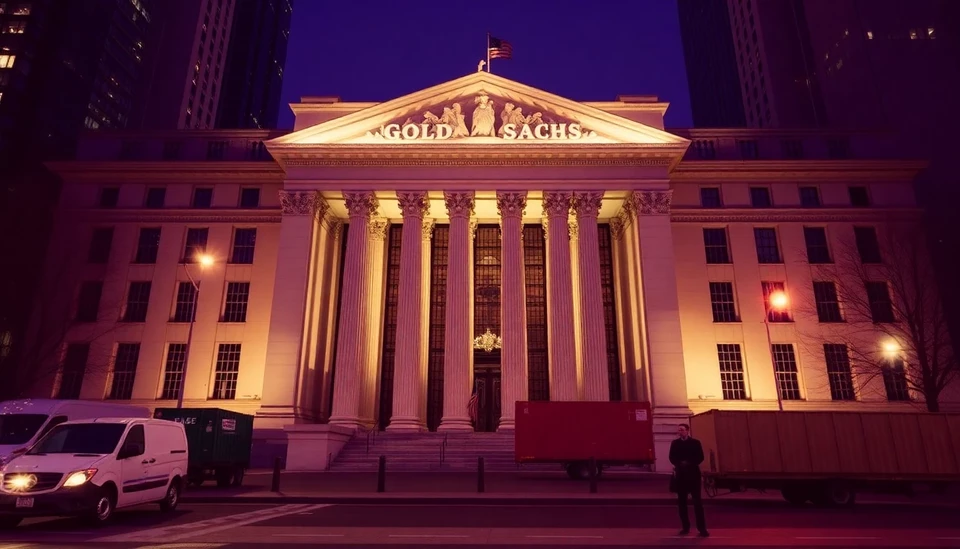
In a remarkable turn of events, the price of gold has surged to an unprecedented peak, reflecting heightened anxieties over an ongoing trade war that has drastically reshaped global economic confidence. At the forefront of this price surge are the growing fears of inflation, supply chain disruptions, and the impact these factors have on financial markets worldwide.
As of late March 2025, the price of gold soared past the psychological barrier of $2,200 an ounce, marking a significant milestone in the precious metal's storied history. Analysts suggest that this record-setting climb is largely driven by investors seeking safe-haven assets amidst broader market volatility and geopolitical uncertainties.
The catalyst for this surge can be traced back to escalating tensions between key global economies, particularly between the United States and China. Tariffs and trade restrictions have created an environment of uncertainty that has persisted for months, leading to increased volatility in stock markets. As a consequence, many investors have turned to gold as a reliable safeguard against potential losses in equities and other asset classes.
Fueling these concerns are recent announcements from government officials indicating further retaliatory measures in the trade realm, which have stoked fears of an extended confrontation that could hinder global economic recovery. The ongoing debates over essential supply chains have also triggered alarms, with experts noting that interruptions in goods flow could lead to inflationary pressures down the line.
Market analysts believe that the increasing uncertainty will likely keep driving up demand for gold in the near future. In light of this trend, hedge funds and institutional investors have ramped up their purchases of the yellow metal, further propelling its price into record territory. Additionally, retail investors are joining the fray, eager to hedge their savings against potential economic downturns.
While historically gold has been viewed as a refuge during tumultuous times, its current price trajectory raises questions regarding the sustainability of its value in the face of persistent trade conflicts. Experts warn that if tensions continue to escalate without resolution, gold could remain a favored choice among investors, potentially pushing its price even higher.
In this landscape marked by volatility and uncertainty, the allure of gold is unlikely to wane anytime soon. As investors worldwide remain cautious and vary their strategies in response to ongoing trade tensions, gold’s narrative as a sanctuary asset becomes increasingly relevant.
In conclusion, the dramatic rise in gold prices serves as a barometer for investor sentiment amid rising trade war concerns. The market appears poised for further fluctuations, as stakeholders closely monitor developments in global trade and economic policies.
#Gold #TradeWar #Inflation #MarketVolatility #EconomicRecovery
Author: Rachel Greene




